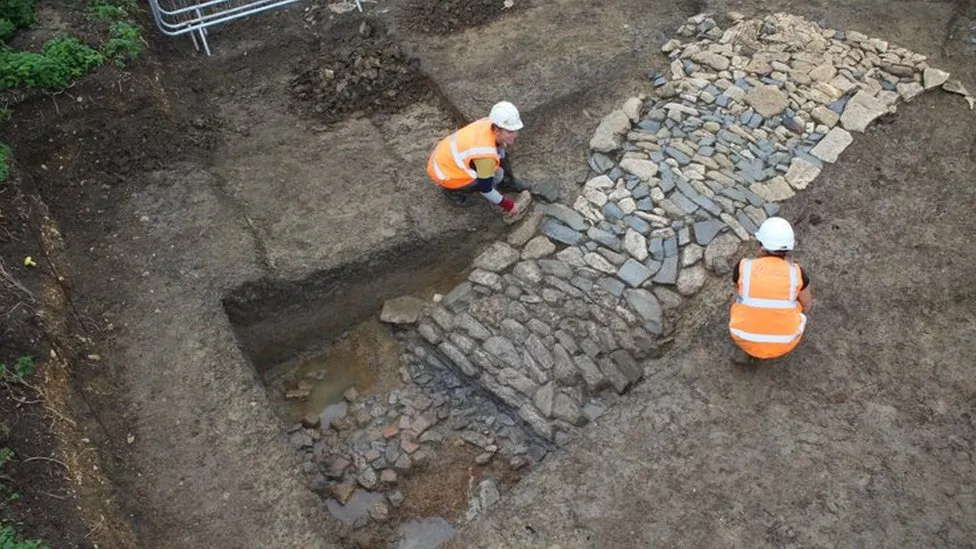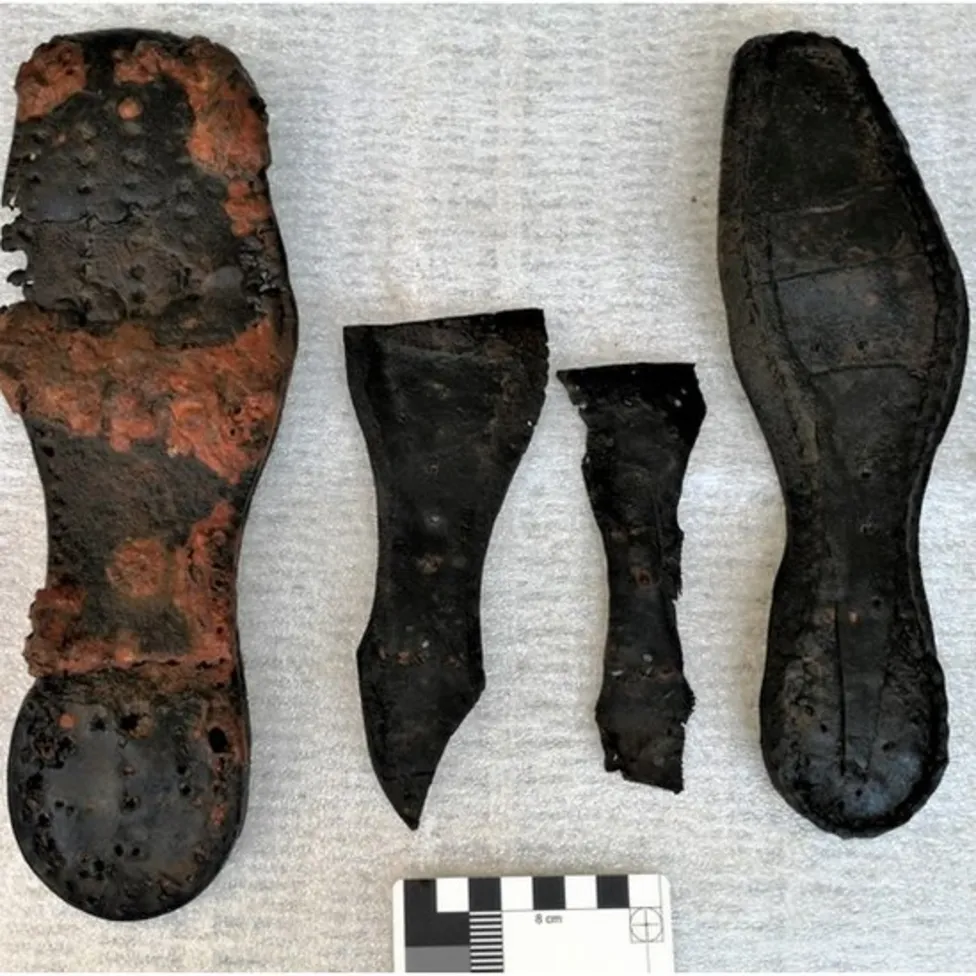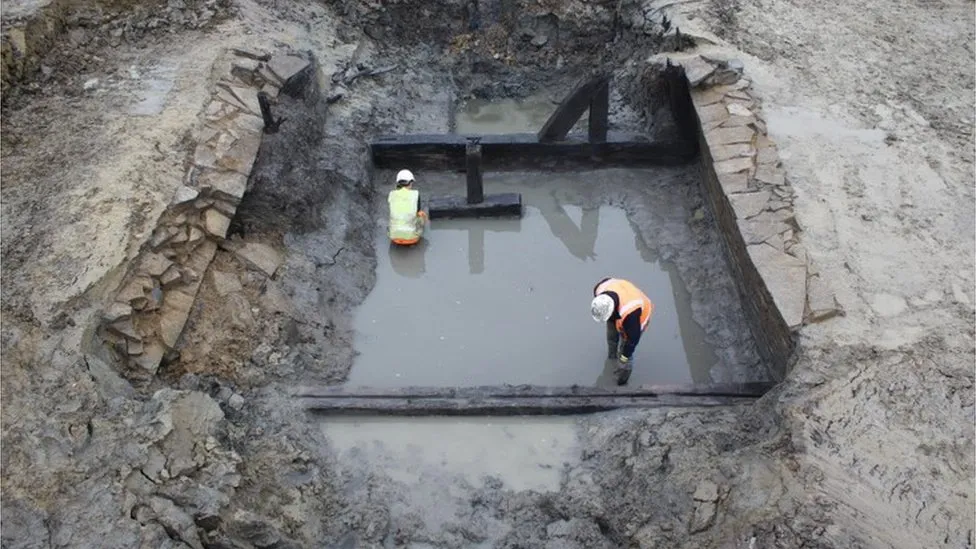Hidden beneath the layers of modernity lies a treasure trove of history waiting to be unearthed. Imagine stumbling upon remnants of a forgotten era, where every artifact tells a story of lives lived centuries ago. Such is the tale of the medieval moat recently excavated near Tewkesbury, a discovery of "high significance" that promises to unravel mysteries long shrouded in the mists of time. Join us on a journey as we delve into the fascinating world of medieval Gloucestershire and uncover the secrets hidden within its ancient walls.
Unearthing History: The Archaeological Dig The excavation of the medieval moat near Tewkesbury began as a humble endeavor, fueled by curiosity and a passion for uncovering the past. Led by dedicated archaeologists from Cotswold Archaeology, the project aimed to explore the site of Cowfield Farm, a relic believed to date back to the 12th or 13th centuries. But what started as a routine exploration soon turned into something extraordinary as the team unearthed evidence of a bygone era.
Peering into the Past: Symbolism and Social Structure As the layers of soil were carefully peeled away, the true significance of the moat began to emerge. Contrary to popular belief, moats were not exclusive to grand castles but were also a feature of the rural landscape, offering insights into the lives of medieval farmers. For the inhabitants of Cowfield Farm, the moat served as both a practical defense against threats and a symbol of spiritual purity, reflecting the values and beliefs of a bygone society. Through meticulous analysis, archaeologists pieced together the social fabric of medieval Gloucestershire, shedding light on the lives of its long-forgotten inhabitants.
Uncovering Treasures: Artifacts of Everyday Life As the excavation progressed, a wealth of artifacts emerged from the depths of the moat, each offering a glimpse into the daily lives of medieval farmers. From pilgrim badges to copper-alloy clasps, these relics spoke of spiritual journeys, scholarly pursuits, and the mundane rituals of domestic life. Among the most intriguing discoveries was a unique pottery vessel, likely used by women during childbirth—a poignant reminder of the joys and hardships experienced by past generations. With each find, the past came alive, painting a vivid picture of medieval life in all its complexity.
Artefacts, such as this shoe, were extracted by the team, analysed, and archived in Tewkesbury Museum
Bridging the Gap: Connecting Past and Present Perhaps most remarkable of all was the discovery of a wooden bridge spanning the moat, its timbers weathered by centuries of history. Dated to the mid-15th century, this ancient structure offered a tangible link to the past, connecting modern-day observers with the lives of those who once traversed its creaking planks. As the excavation drew to a close, the significance of the site became clear: not just as a relic of the past, but as a living testament to the enduring spirit of human endeavor.
Timbers and stone piers from a bridge across the moat were discovered and dated to the mid-15th century
As the final layers of soil were replaced and the excavation site covered over, the medieval moat near Tewkesbury retreated once more into the embrace of time. Yet, the discoveries made by archaeologists will endure, preserved for future generations to study and admire. In a world where progress marches ever forward, it is humbling to be reminded of the rich tapestry of history that lies beneath our feet. So let us take a moment to honor the lives and legacies of those who came before us, and to marvel at the wonders of a bygone age, waiting to be discovered anew.









